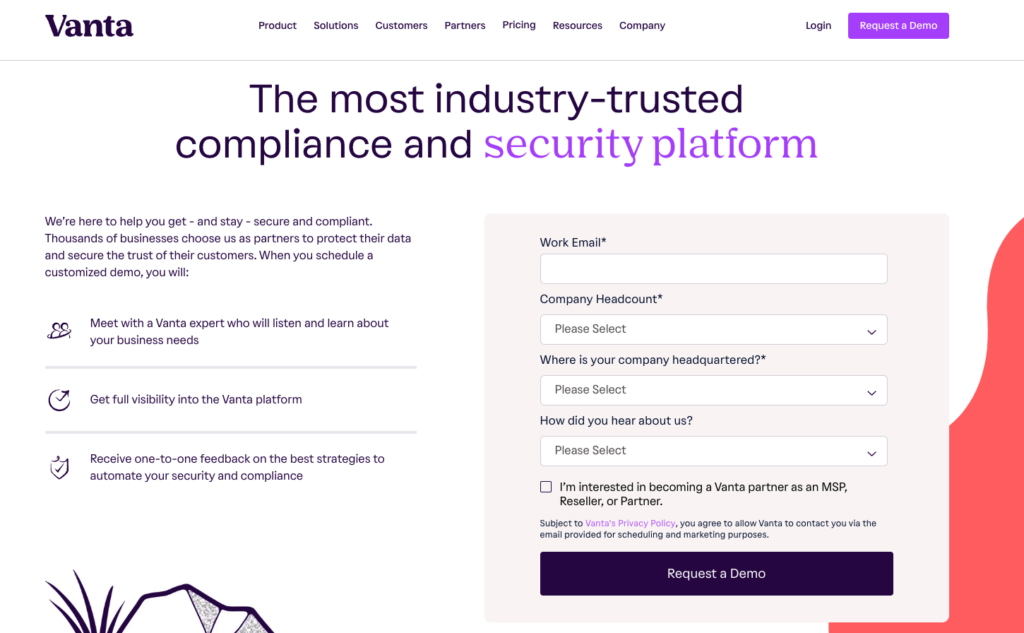A sign-up rate refers to the percentage of website visitors or users who sign up for a specific action or service.
This action could be subscribing to a newsletter, creating an account, or opting in for a trial period. Sign-up rates are crucial for businesses as they indicate the interest and engagement level of their target audience. In this article, we will delve into the concept of sign-up rate, its importance in business, the factors that influence it, how to measure and analyze it, and strategies to improve it. We will also explore the impact of this metric on business growth.
| Key Element | Description | Tips for Optimization |
|---|---|---|
| Defining Conversion Rate | Percentage of visitors who take a desired action. | Regularly analyze conversion paths and optimize for user behavior. |
| Importance in Business | Directly impacts success, growth, and profitability. | Focus on continuous improvement and benchmark against industry standards. |
| Calculating Conversion Rate | Dividing conversions by total visitors and multiplying by 100. | Ensure accuracy in tracking and attributing conversions correctly. |
| Strategies to Boost Conversion Rate | Includes A/B testing, landing page optimization, and personalization. | Implement targeted strategies and test extensively to identify what works best. |
| Industry-Specific Conversion Rates | Differ by industry, highlighting the need for targeted improvement. | Benchmark your rates against industry averages to set realistic improvement goals. |
Understanding the concept
When it comes to online businesses, understanding the concept of sign-up rate is crucial for success. Sign-up rate is a metric that provides valuable insights into the effectiveness of a website's sign-up process and overall user experience. But what exactly does it entail?
The basics
Sign-up rate is calculated by dividing the number of successful sign-ups by the total number of visitors or users. It is always expressed as a percentage. For example, if 1000 people visit a website and 200 sign up, it would be 20%. This simple calculation allows businesses to gauge the percentage of visitors who take the desired action of signing up.

However, sign-up rate is not just a number. It represents the first step in the customer journey, the initial interaction between a user and a website. It is an important indicator of how well a website is able to capture the interest and trust of its visitors.
Furthermore, this metric is not limited to just online businesses. It is also relevant for any platform or service that requires user registration, such as mobile apps, newsletters, or online communities. In these cases, it becomes a key performance indicator for measuring user engagement and conversion.
Importance in business
Sign-up rate plays a vital role in the success of any online business. It serves as a measure of the website's ability to convert visitors into engaged users. A high sign-up rate indicates that the website's value proposition resonates with the target audience, while a low one suggests room for improvement.
But why is it so important for businesses? The answer lies in the potential it holds. By optimizing the sign-up process and increasing the sign-up rate, businesses can enhance customer acquisition, drive revenue growth, and build a loyal user base.
When sign-up rates are high, the website or platform effectively communicates its value to users. It means that visitors see the benefits of signing up and are willing to provide their information in exchange for those benefits. This not only leads to a larger user base but also increases the chances of converting those users into paying customers.
Moreover, a high sign-up rate can also have a positive impact on a business's reputation. When users have a seamless and positive sign-up experience, they are more likely to recommend the website or platform to others. This word-of-mouth marketing can lead to organic growth and an increase in brand awareness.
On the other hand, a low sign-up rate can indicate issues with the sign-up process itself. It may suggest that the process is too complicated, time-consuming, or lacks a clear value proposition. By analyzing and optimizing the process, businesses can identify and address these barriers, ultimately improving this metric and the overall user experience.
Influencing factors
Website design and user experience
One of the primary factors that impact sign-up rate is the overall design and user experience of a website. A visually appealing and user-friendly interface can significantly improve this metric. Clear and intuitive navigation, prominent call-to-action buttons, and well-designed forms contribute to a seamless sign-up process. A cluttered or confusing layout, on the other hand, can deter users from completing the sign-up process.
Quality of content offered
The content offered by a website plays a crucial role in attracting and convincing users to sign up. Whether it's informative blog posts, valuable resources, or exclusive access to content, providing high-quality and relevant content can significantly influence the sign-up rate. Users need to perceive the value they will receive in exchange for providing their information or opting in.
Trust and security concerns
Trust is paramount when it comes to persuading users to sign up for a service or provide their personal details. Websites need to establish credibility and assure users that their information will be handled securely. Displaying trust seals, privacy policies, customer testimonials, and secure payment gateways can instill confidence in users and positively impact the sign-up rate. Also the more fields a sign-up form has, the lower the sign-up rate. Finding the right balance of required information is key.

Measurement and analysis
Tools for tracking sign-up rate
To measure and track this metric, businesses can use various analytical tools. Platforms like Google Analytics provide valuable insights into user behavior, conversion rates, and sign-up funnels. These tools allow businesses to identify bottlenecks in the sign-up process, track user engagement, and make data-driven decisions to optimize the overall sign-up rate.
Interpreting sign-up rate data
Analyzing sign-up rate data enables businesses to gain a deeper understanding of their target audience's preferences and behaviors. By segmenting users based on demographics, referral sources, or device types, businesses can identify patterns and make data-driven improvements. For instance, if a particular referral source consistently generates a high sign-up rate, businesses can allocate more resources to that channel.
Strategies to improve sign-up rate
Optimizing landing pages
Landing pages play a vital role in driving sign-up conversions. Optimizing landing pages to align with the target audience's needs and preferences can significantly improve this metric. Clear and concise copy, compelling visuals, minimal form fields, and persuasive call-to-action buttons are essential elements to consider when designing high-converting landing pages.

Offering incentives for sign-ups
One effective strategy to increase this metric is to offer incentives. Businesses can offer discounts, free trials, exclusive content, or other valuable resources in exchange for user sign-ups. These incentives provide additional motivation for users to complete the sign-up process, as they perceive immediate benefits or rewards.

Enhancing user trust and security
Building trust and ensuring data security are integral aspects of improving sign-up rate. Businesses can implement measures such as SSL certificates, secure payment gateways, and transparent privacy policies to address user concerns. Clearly communicating these security measures and demonstrating a commitment to protecting user data can elevate trust levels and positively impact the sign-up rate.
Impact on business growth
Sign-up rate and customer acquisition
Sign-up rate directly influences customer acquisition, as it represents the number of users who express interest in a product or service. Businesses can effectively convert website visitors into paying customers by continuously optimizing the sign-up process. A higher value indicates a larger pool of potential customers, leading to increased revenue opportunities and business growth.
Sign-up rate and revenue generation
A higher sign-up rate can drive revenue generation by expanding the customer base and increasing conversion rates. The more users sign up, the greater the opportunity for businesses to convert them into paying customers. A successful sign-up process sets the stage for subsequent engagement, upselling, and cross-selling opportunities, further contributing to revenue growth.
In conclusion, sign-up rate is a crucial metric that reflects the effectiveness of a website's sign-up process and user experience. By understanding the concept, analyzing the factors that influence it, and implementing effective strategies to improve it, businesses can enhance customer acquisition, drive revenue growth, and achieve long-term success. By consistently monitoring and optimizing this metric, businesses can stay ahead of the competition and build a loyal user base that contributes to sustainable business growth.
Unlock your growth potential with Cello
Maximize your sign-up rate and transform your users into powerful growth drivers with Cello. Our peer-to-peer referral program is designed to integrate seamlessly with your SaaS product, allowing you to leverage user-led growth and turn your customer base into your most effective marketing channel. With minimal development time, immediate payback, and proven conversion rates, Cello is the growth partner you need to scale effortlessly. Experience the simplicity of our platform, the flexibility of our automated rewards, and the precision of our management tools. Join the ranks of successful companies like tl;dv and watch your referral signups soar. Ready to see the difference Cello can make for your business? Book a demo today and start your journey towards sustainable, user-driven success.
Resources
Related Articles

Best Referral Software for SaaS with Chargebee Integration: The Definitive Guide to Revenue Attribution
The Strategic Convergence of Billing and User-Led Growth In the contemporary landscape of B2B ...

Automating Stripe Referral Tracking: A Cello Integration Guide
Scaling a referral program manually is impossible. The integration between Cello and Stripe ...

